
9 DIY Humidifier Ideas for a Comfortable Home Environment
Amid winter’s chill, our cozy homes often become a sanctuary from the biting cold. Yet, as we revel in the warmth of our heating systems, we may unknowingly invite discomfort. The dry air generated by heaters can leave us with dehydrated skin, congested sinuses, and a sense of overall unease. Fear not; there are simple, budget-friendly solutions to restore balance to your indoor environment.
DIY Humidifier: Trick of Adding Humidity to a Space Without a Humidifier
The Power of Steam
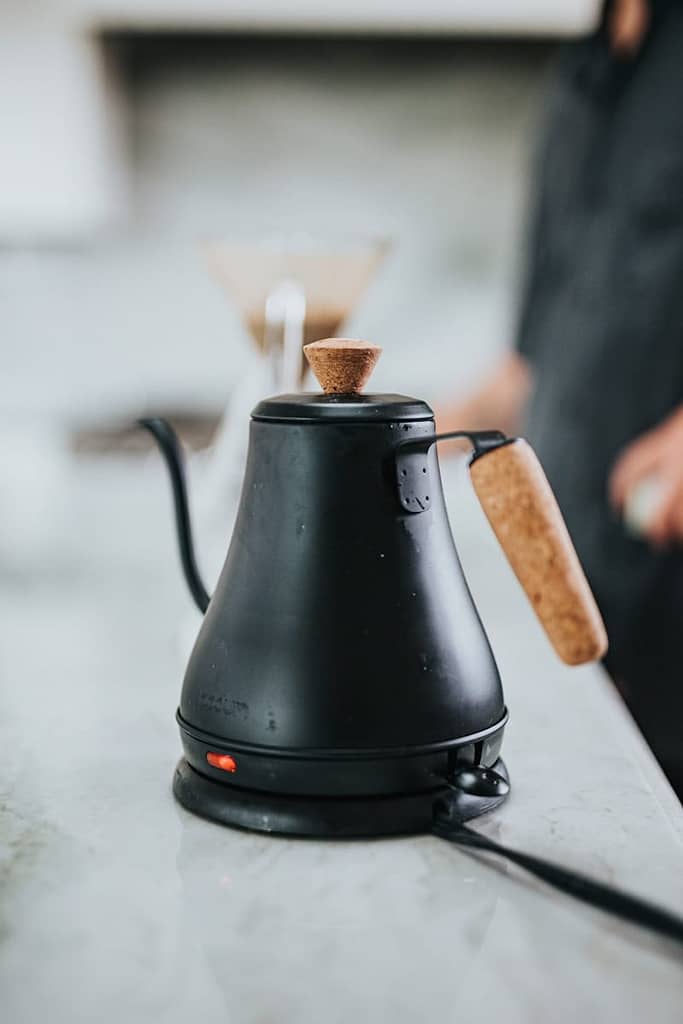
Your kitchen stove, often the heart of the home, can double as a humble humidifier. Fill a kettle or pot with water and set it to boil. As the water transforms into steam, it infuses the air with much-needed moisture. Consider adding a few drops of your favorite essential oil to the simmering water for an aromatic touch. Remember to watch the pot and never leave the stove unattended.
Breathe Life into Your Space
Plants not only bring vitality to our living spaces but also serve as natural air purifiers and humidifiers. While they may not release copious amounts of moisture, their presence enhances air quality and oxygen levels, making indoor breathing more comfortable. So, adorn your home with greenery and breathe a little easier.
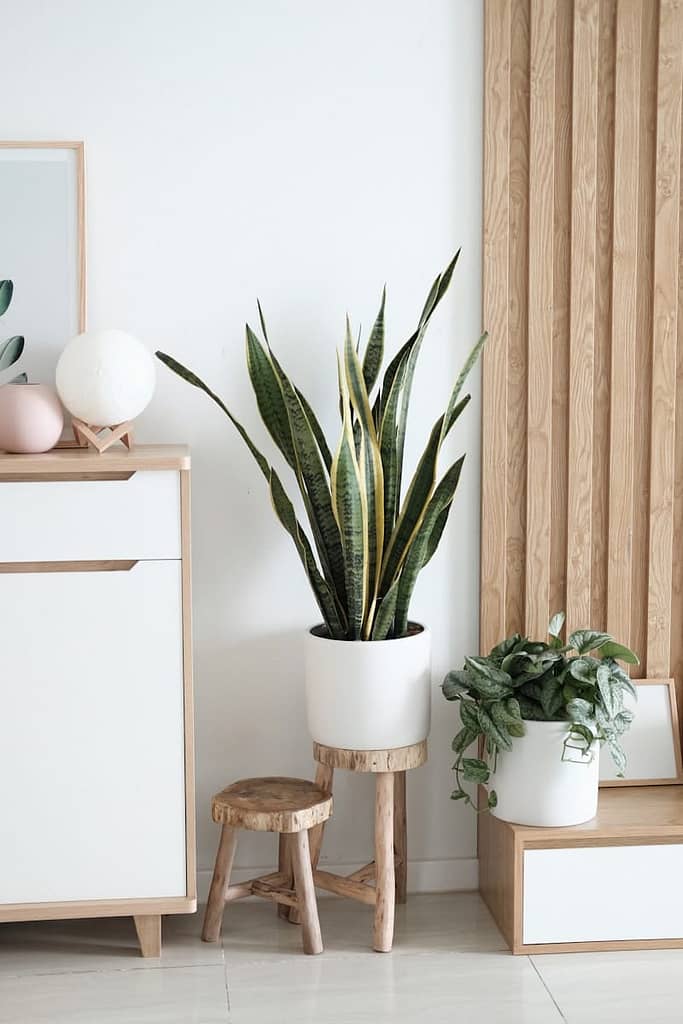
Embrace Shower Power
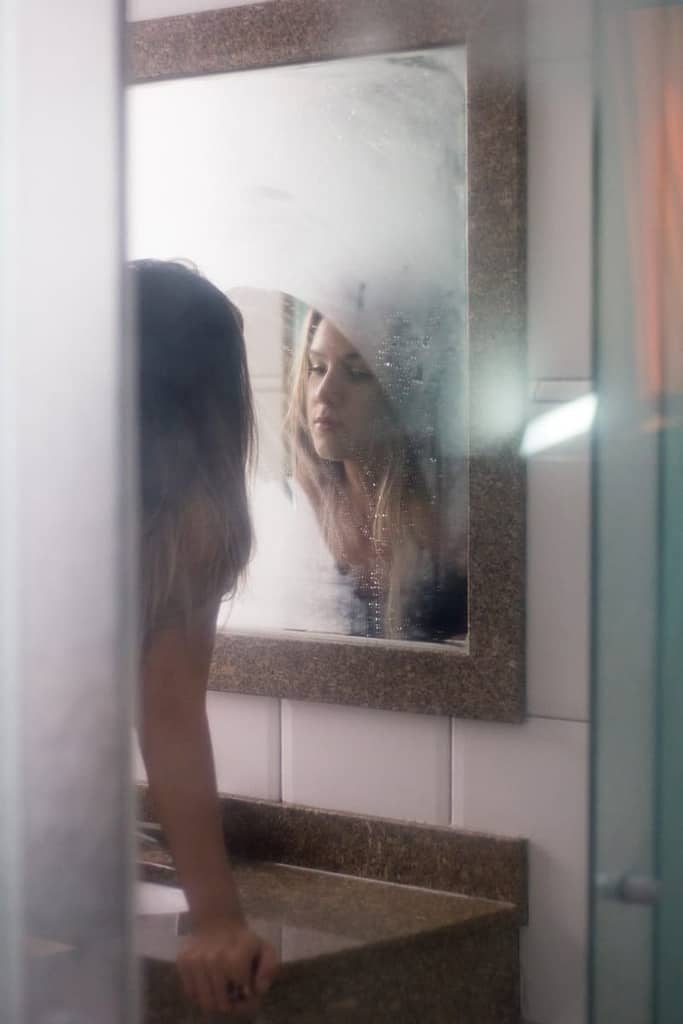
The steamy aftermath of a hot shower holds untapped potential for humidifying your home. By allowing the moist air to circulate freely after bathing, you can give your living space an instant humidity boost. Remember to keep the bathroom door closed and the exhaust fan off to maximize the effect.
Harness Heat Sources
Traditional wisdom meets practicality with this age-old trick. Placing water bowls atop radiators or near heating vents allows the warmth to encourage evaporation, infusing the air with moisture. Whether a sturdy pot on a wood stove or a simple bowl beside an electric heater, this method offers a straightforward solution to combat dryness.
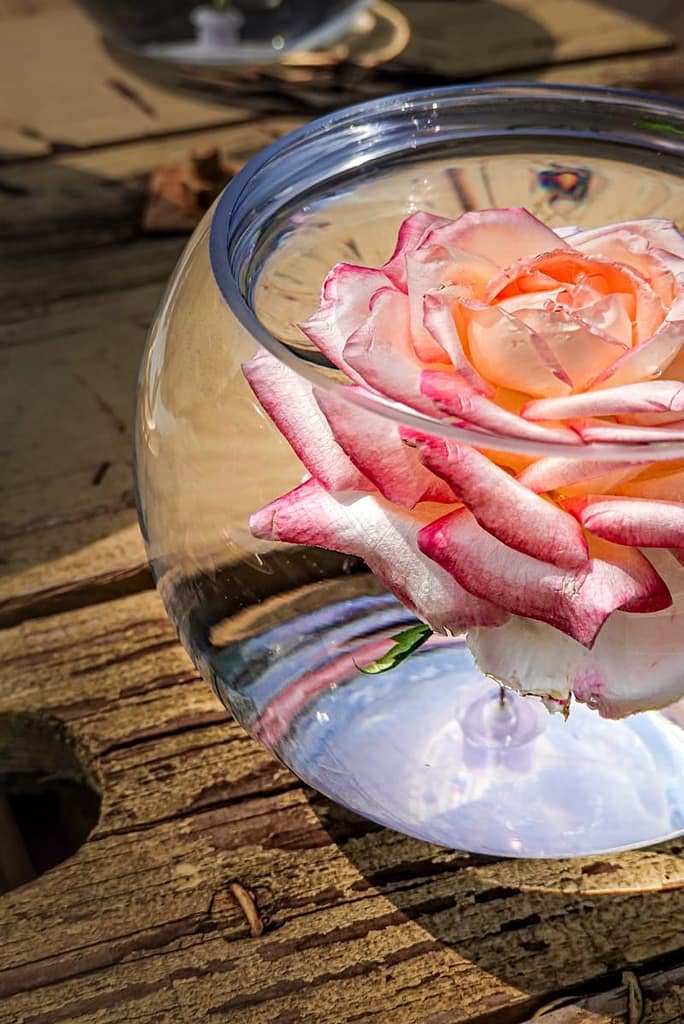
Air-Dry Laundry
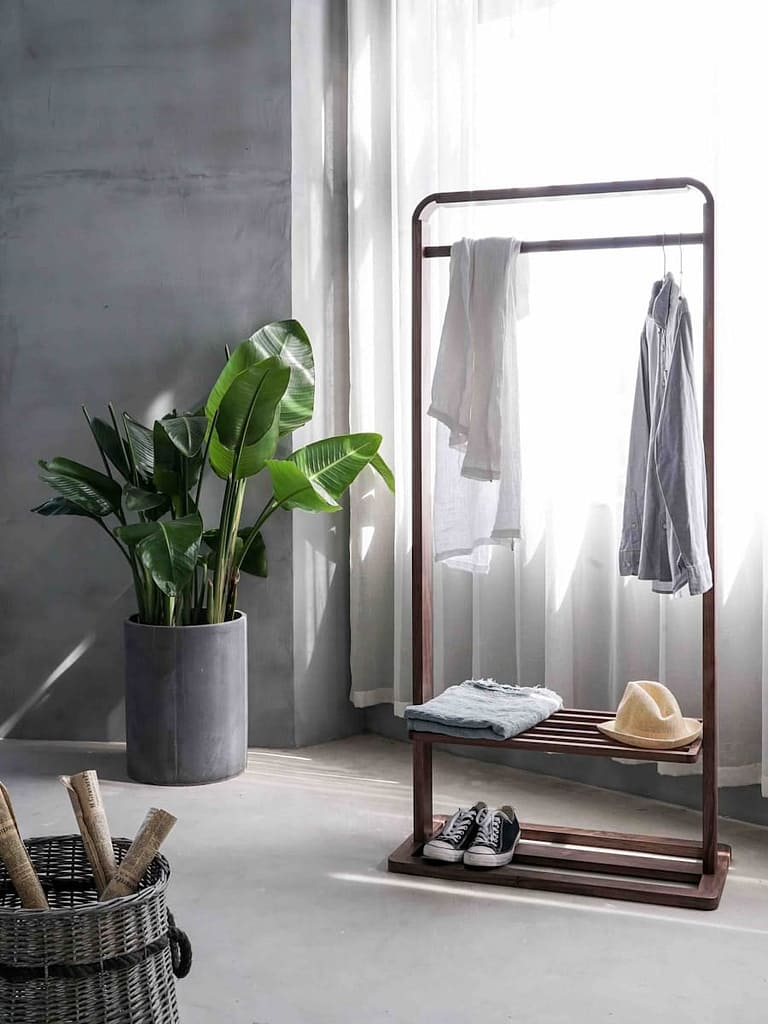
Ditch the dryer and opt for air-drying your laundry indoors. As clothes evaporate moisture into the air, they create a more comfortable atmosphere, imparting a subtle, fresh scent throughout your home. A simple yet effective way to multitask while tending to your home’s humidity needs.
Sunlit Solutions
Utilizing the power of sunlight with a decorative vase filled with water. Place strategically on a sunny windowsill, and the warming rays encourage evaporation, gradually increasing humidity levels. A low-maintenance option that adds both functionality and charm to your living space.
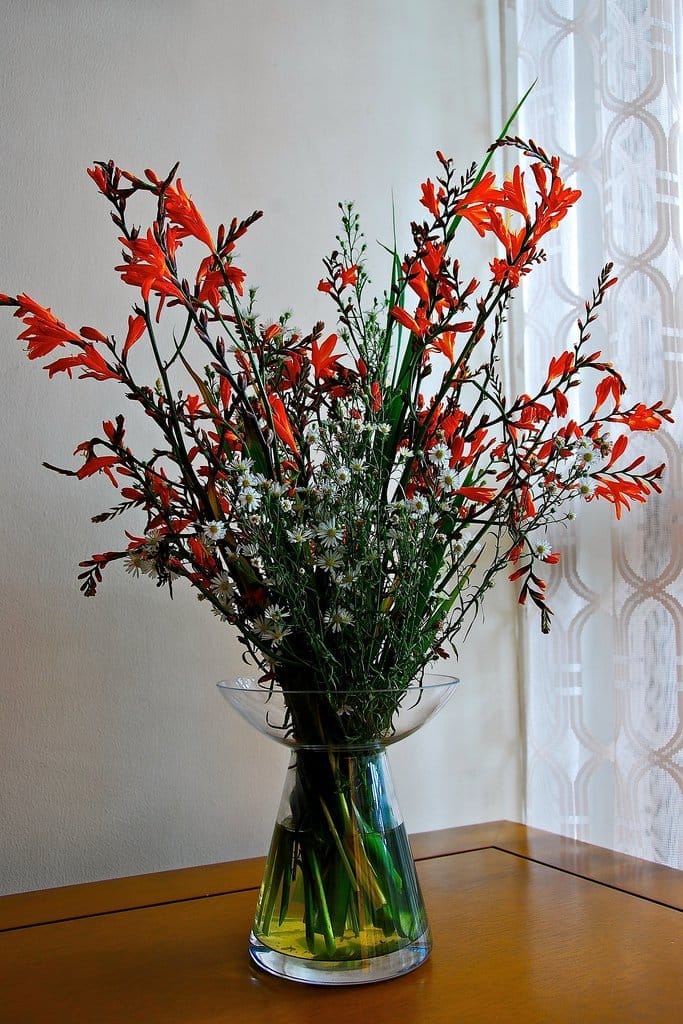
Aquatic Allies

Invite a touch of nature into your home with an aquarium. The water within provides a steady humidity source, benefiting your aquatic companions and your indoor environment. Whether it’s a sprawling tank or a modest bowl, the presence of water fosters a more comfortable atmosphere.
Tranquil Water Features
Elevate your indoor oasis with a soothing water feature. The gentle trickle of water not only adds moisture to the air but also creates a serene ambiance, promoting relaxation and well-being. A stylish addition to any room that serves the dual purpose of humidification and aesthetic enhancement.
Craft Your Own DIY Humidifier
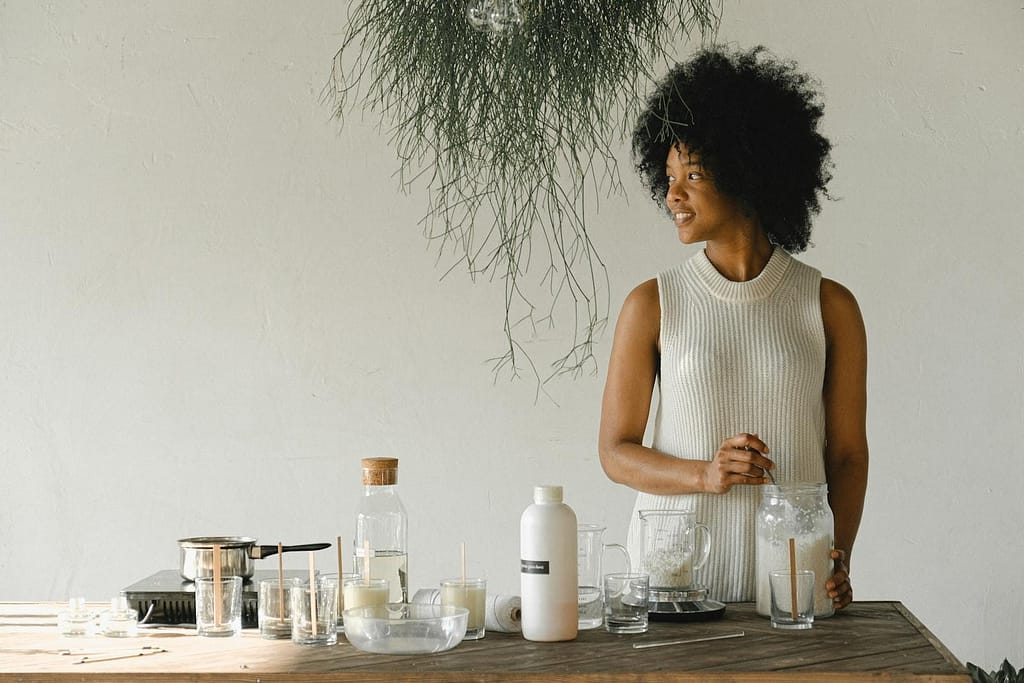
As DIY enthusiast, crafting your own DIY humidifier is a rewarding endeavor. With just a few simple materials and steps, you can create a makeshift device to elevate your home’s humidity levels. You can achieve comfort and convenience by repurposing everyday items without breaking the bank.
Gather Your Supplies:
- Water container: Use a sturdy, leak-proof container like a metal or plastic bowl, bucket, or even a clean, unused trash can. Avoid porous materials like wood or wicker.
- Cloth wick: Choose a clean, absorbent fabric like cotton cloth, an old dish towel, or a coffee filter.
- Air mover: This could be a small personal fan, box fan, or even a strategically placed desk fan.
- Stand (optional): An elevated surface like a sturdy stool, side table, or even a sturdy cardboard box can improve efficiency.
Set Up Your DIY Humidifier:
- Position the container: Place your chosen container on a stable surface near an outlet. If using a stand, elevate the container for better wicking and air circulation.
- Prepare the wick: Fully immerse one end of your chosen cloth wick in the water. Drape the remaining dry section over the rim of the container, ensuring good surface contact with the water.
- Direct airflow: Position your air mover so it blows directly across the wet section of the wick, creating a gentle breeze. Adjust the distance for optimal moisture output without creating excessive mist.
Tips for Optimal Performance:
- Replenish regularly: Monitor the water level and refill the container as needed to maintain effective moisture distribution.
- Cleanliness is key: Regularly wash and dry the cloth wick and container to prevent mold growth. Replace the wick if it becomes damaged or exhibits musty odors.
- Safety first: Ensure electrical cords are safe from spills and the fan placement prevents water mist from reaching outlets or electronics.
- Consider essential oils: For added fragrance, add a few drops of essential oils (diluted in a carrier oil) to the water. Choose soothing scents like lavender or eucalyptus.
Wrapping Note
On a wrapping note, combating dry air in your home doesn’t have to be costly or complicated. With these DIY humidifier ideas, you can create a more comfortable and inviting environment for you and your loved ones. So, embrace the warmth of home while ensuring that every breath is a breath of fresh, moisturized air.
Frequently Asked Question (FAQs)
-
Does putting a bowl of water humidify a room?
Yes, but the effect is limited. While evaporation will occur, a single bowl won’t add enough moisture to significantly impact a whole room. Consider using multiple bowls placed around the room or near heat sources for better results.
-
How do I humidify my AC room?
Air conditioners naturally dry the air. Here are some options:
1. Portable humidifier: Invest in a cool-mist humidifier for targeted moisture addition.
2. Plants: Add moisture-loving plants like peace lilies or spider plants.
Boil water: Briefly boil water on the stove and leave the pot uncovered (supervise closely).
3. Towel trick: Hang a damp towel near a heat source (like a vent) for slow evaporation. -
Can a wet towel act as a humidifier?
Yes, to a small extent. Similar to a bowl of water, a wet towel provides limited moisture. Consider using multiple towels or combining it with other methods.
-
What can I use instead of a humidifier?
Several natural options exist:
1. Plants: Choose varieties known for releasing moisture, like ferns or philodendrons.
2. Steam generator: Take hot showers with the bathroom door slightly open.
3. Drying laundry indoors: Hang wet clothes to dry, adding moisture to the air. -
How do I know if my room is moist?
Look for signs like dry skin, static electricity, or difficulty sleeping. Invest in a hygrometer to measure humidity levels accurately. Ideally, aim for 40-60% relative humidity.
-
What is the best natural dehumidifier?
Several methods combat excess moisture naturally:
1. Ventilation: Open windows and doors to allow fresh air circulation.
2. Air conditioning: Most AC units have a dehumidifying function.
3. Desiccant bags: These absorb moisture from the air, best for small spaces.
4. Houseplants: Some plants absorb excess moisture, like air ferns or bromeliads.

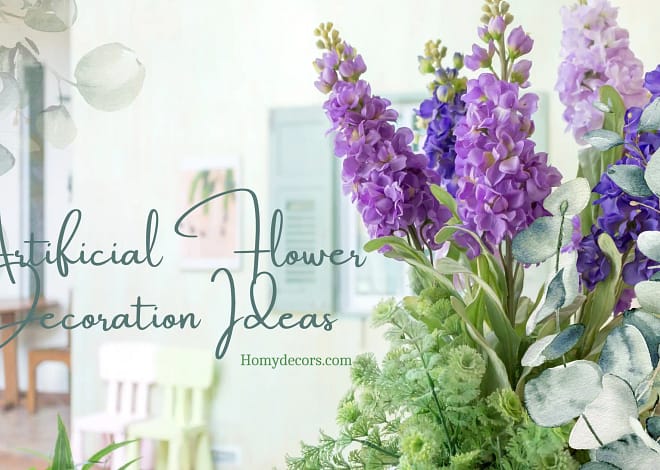
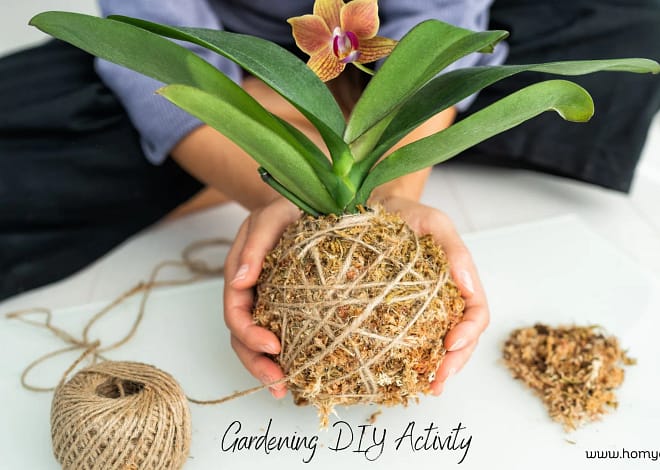
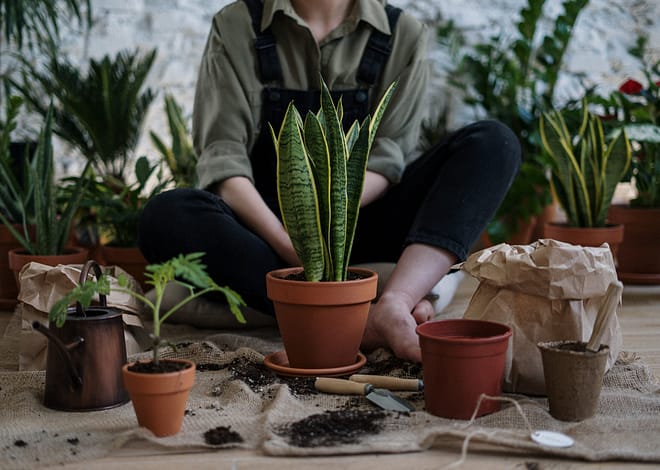
This was such a clear and well-structured article. Very helpful!